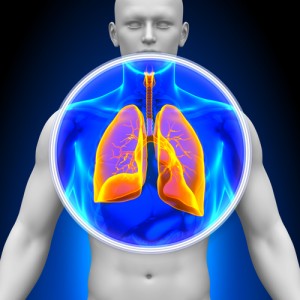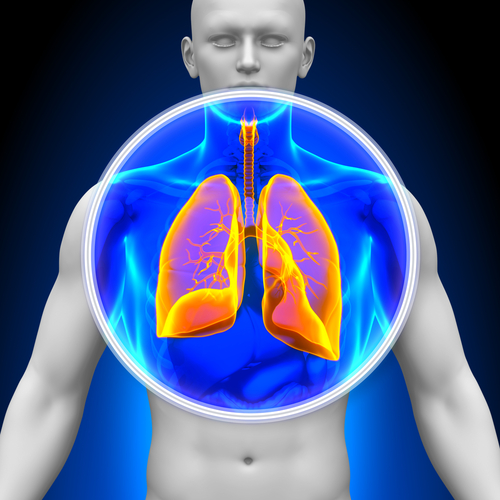 A new method developed at the University of Gothenburg and Sahlgrenska University Hospital enables the use of lungs which were previously discarded for transplant. Twenty-two patients have already received transplants with the new technique, which may help fight the shortage of donated lungs, often the last recourse for patients suffering from severe lung diseases.
A new method developed at the University of Gothenburg and Sahlgrenska University Hospital enables the use of lungs which were previously discarded for transplant. Twenty-two patients have already received transplants with the new technique, which may help fight the shortage of donated lungs, often the last recourse for patients suffering from severe lung diseases.
This new procedure created by scientists from the Sahlgrenska Academy is expected to increase the availability of lungs candidates for transplant. Even though donor lungs are desperately needed for many patients, lung transplants are not easy to get, especially since only one-third of the donated lungs can in fact be transplanted. As a result, there is a chronic worldwide shortage of donated lungs. The waiting list for a transplant is long, and, therefore, the mortality rate of patients waiting is between 5% and 10%.
“Many donated lungs cannot be transplanted since the donor is too old, many years of smoking have preceded the death, or there is a suspicion of lung disease. In some cases, a sudden impairment in lung function has occurred in association with the donor’s death, but the lungs are fundamentally sound and there is a potential that their function can be normalized. We have focused on such lungs,” said Andreas Wallinder, who presented the research in his thesis.
The scientists removed the lungs from the donors during surgery and relocated them in a constructed heart-lung machine, especially designed to evaluate the organ function through its blood circulation and ventilation. All of the lungs would normally have been discarded. During the experiments, the researchers were able to demonstrate that most of the organs began to function normally in the machine, and they were ultimately able to conduct 22 transplants.
[adrotate group=”3″]
The follow-up study revealed that those 22 patients had good lung function, the same frequency of complications, and equal survival, as 115 other patients who received lung transplants conventionally and were used as control group. “We conclude that the method works, and we can use it to increase the number of donated lungs that can be used, without risking poorer medical results,” said Andreas Wallinder.
“A simplified donation process is an important step if donation after cardiac death is to become accepted by the general public and the healthcare system. The potential of our method is enormous. If it were to be introduced into the medical care system it would bring huge possibilities for all those who are waiting for a transplant,” he added.

